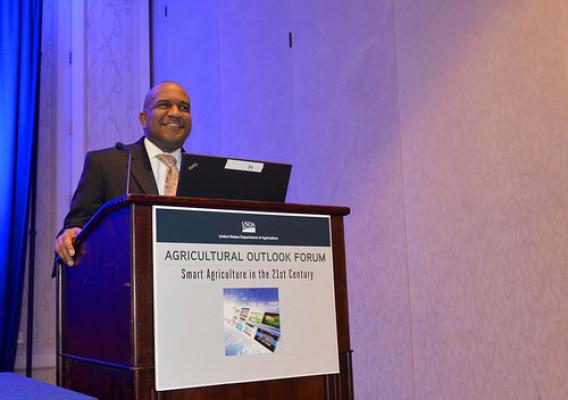Good nutrition is just as important to a child’s future as a quality education—maybe even more so. We can’t expect kids to learn, excel and achieve if they aren’t properly nourished from day one. Share Our Strength’s new report, Hunger in Our Schools, illustrates how the healthier school breakfasts and lunches are working to address the twin crises of childhood hunger and obesity, particularly for low-income children. Healthy meals set up our kids for success, and school meals are a critical and effective part of that.
--Secretary Tom Vilsack
As a nation, we spend a lot of time, effort and money on ways to better educate our children. In recent years, there have been fierce debates on No Child Left Behind, Common Core, teacher qualifications, textbook standards and more. These battles ignore one key factor, however: If our children are too hungry to learn, their success is doomed before we’ve even begun.
Working with the research firm SalterMitchell, No Kid Hungry recently completed a new national survey of 1,000+ educators across the nation as well as a series of focus group interviews with dozens of teachers and principals. The new report, “Hunger In Our Schools,” underscores the fact that hunger hampers a child’s ability to learn, but school breakfast offers a chance to solve this problem for millions of children.








